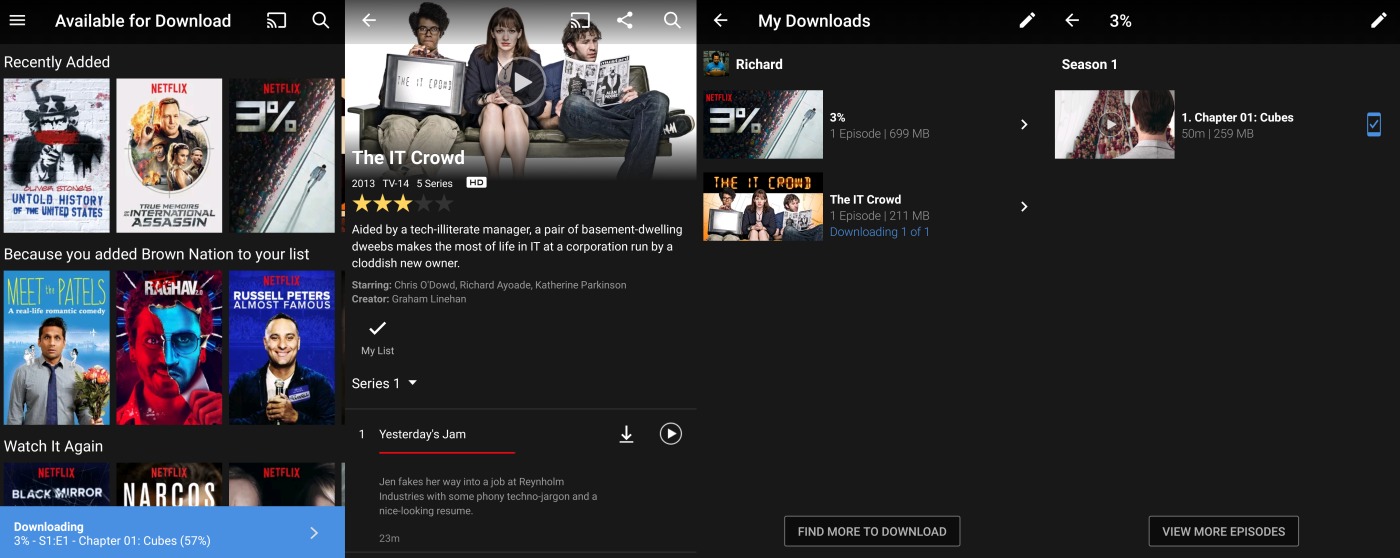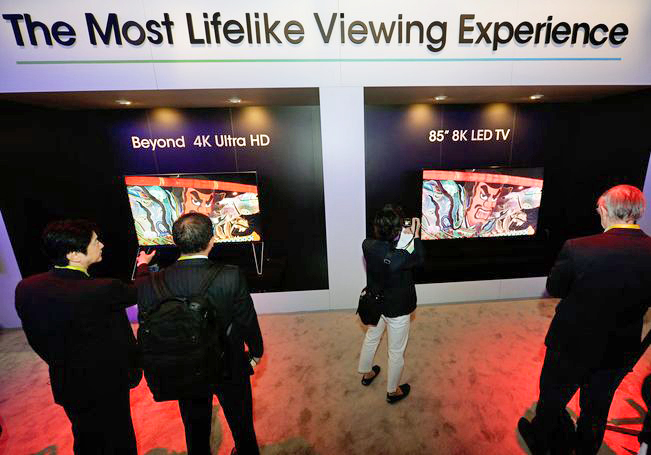
Making the Raspberry Pi affordable involved some tough calls, including the omission of MPEG-2 decoding. Licensing fees alone for the video software would have boosted the board's price by approximately 10 percent. Now, after many have made media centers with the hardware, the foundation behind the project has whipped up a solution to add the missing codec. For $3.16, users can purchase an individual MPEG-2 license for each of their boards on the organization's online store. Partial to Microsoft's VC-1 standard? Rights to using Redmond's codec can be purchased for $1.58. H.264 encoding is also in the cards since OpenMax components needed to develop applications with the functionality are now enabled by default in the device's latest firmware. With CEC support thrown into the Raspbmc, XBian and OpenELEC operating systems, a single IR remote can control a Raspberry Pi, a TV and other connected gadgets. If you're ready to load up your Pi with its newfound abilities, hit the source link below.
Update: The Raspberry Pi Foundation let us know that US customers won't have to pay sales tax, which means patrons will only be set back $3.16 for MPEG-2 and $1.58 for VC-1 support, not $3.79 and $1.90 for the respective licenses. We've updated the post accordingly.
Filed under: Misc
Raspberry Pi lands MPEG-2 and VC-1 decoding through personal licenses, H.264 encoding and CEC tag along originally appeared on Engadget on Sun, 26 Aug 2012 07:20:00 EDT. Please see our terms for use of feeds.
Permalink |
 Raspberry Pi
Raspberry Pi |
Email this |
Comments
 From time to time, Netflix updates the technology it's using to convert and compress each of the digital copies of movies it streams to customers. Because people watch from so many different platforms, in so many different situations, it has to be re...
From time to time, Netflix updates the technology it's using to convert and compress each of the digital copies of movies it streams to customers. Because people watch from so many different platforms, in so many different situations, it has to be re...
 From time to time, Netflix updates the technology it's using to convert and compress each of the digital copies of movies it streams to customers. Because people watch from so many different platforms, in so many different situations, it has to be re...
From time to time, Netflix updates the technology it's using to convert and compress each of the digital copies of movies it streams to customers. Because people watch from so many different platforms, in so many different situations, it has to be re...
 If you want to broadcast a TV show in 8K resolution, then you're going to need a whole room full of computers to encode the image. After all, a regular machine would struggle to process the 60, 35-megapixel images that need to be crunched every secon...
If you want to broadcast a TV show in 8K resolution, then you're going to need a whole room full of computers to encode the image. After all, a regular machine would struggle to process the 60, 35-megapixel images that need to be crunched every secon...
 The last time we noted Netflix extensively discussing how it stores video for the best streaming performance, its HD quality maxed out at 720p, surround sound was still a pipe dream and tablets weren't a thing yet. A Variety report explains that afte...
The last time we noted Netflix extensively discussing how it stores video for the best streaming performance, its HD quality maxed out at 720p, surround sound was still a pipe dream and tablets weren't a thing yet. A Variety report explains that afte...






